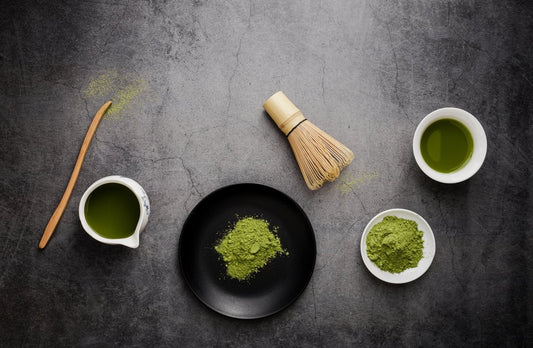The History and Significance of Jasmine Tea
Tea drinking has become an art form in cultures worldwide, and the varieties of teas available are endless. One of the most popular varieties is jasmine tea. In China, it is known as Mo Li Long Zhu, which means "jasmine dragon pearls." Jasmine-scented tea has been enjoyed for centuries; it is a traditional way of preparing green tea with the addition of jasmine flowers to add significant perfume to the tea. What makes jasmine tea unique, and how is it created?
The Origins of Jasmine Tea and Traditional Methods
The delightful aroma and delicate flavour are the reasons why jasmine tea has been popular in China for over a thousand years. The key to the art of perfuming tea with jasmine is the tea processing technique. The earliest method involved placing the tea leaves and the fresh flowers together to allow the scent of jasmine to infuse into the tea leaves. The flowers were then removed, leaving behind the subtle jasmine flavour. However, this method produced inconsistent results depending on the quality and freshness of the flowers.
The Layering Technique: A More Refined Approach
Another technique is perfuming tea by layering the tea and fresh flowers. In this method, freshly picked jasmine flowers are buried among the tea leaves, which absorb the aroma of jasmine over several hours. The process is repeated several times, allowing for the creation of a rich jasmine flavour. The scent of the flower enhances the natural taste of the green tea by adding to its freshness and fragrance.
Modern Methods: Dry Infusion Techniques
The most common method today involves mixing dry jasmine flowers with dry tea leaves for a few hours or overnight. And then sift the flowers and store the jasmine tea for future use. This produces a mellow yet rich floral flavour, perfect for those who prefer a lighter scent and palate.
The Importance of Timing and Precision
Since the quality of the oil and moisture content is vital in the process of making a quality jasmine tea, timing and precise measurements are required. The tea leaves must absorb the maximum amount of fragrance before the flowers' aroma evaporates. Picked at peak readiness, the Jasmine flowers have three to four hours to reach the tea factory before they start to wither and lose their essence. The flowers are spread out in thin layers over the tea leaves, allowing optimal air ventilation.
Conclusion: The Artistic and Cultural Value of Jasmine Tea
Jasmine tea is a precious gift from nature, and the art of perfuming tea with jasmine has been passed down for many centuries. The best way to enjoy jasmine tea is with a respectful understanding of the lengthy and intricate process that goes into making it. A perfected blend of jasmine flowers and tea leaves that have been carefully chosen and matched are required to create a rich and beautifully perfumed tea. Devotion to the art of perfuming tea and the appreciation of its subtle ingredients is what makes jasmine tea so special.




